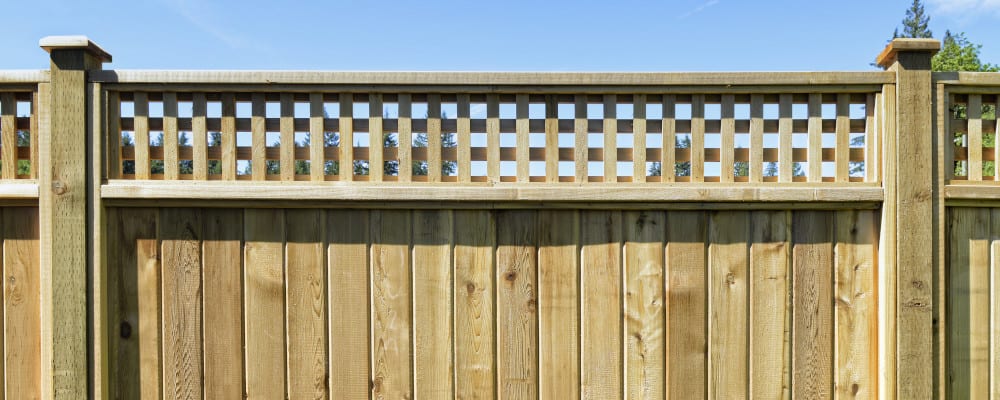
Setting up DIY fencing is one of those tasks that looks simple on the face of it, but there can actually be a surprising number of pitfalls - especially if you’ve never done it before. Here at R&J Builders Equipment we stock a wide range of fencing products, including fence post spikes and temporary fencing. While there are all sorts of elements involved in making sure your fencing goes up correctly (depending on the type of product involved and the environment you’re working within), we’ve summed up some of the most universally important points below!
Check planning permission and property boundaries before you start
They sound like quite simple checks to make, but you might be surprised at how many people forget them! Here in the UK, we have a number of rules and regulations for how and where DIY fencing can be constructed. Many of these relate to how close fencing is to public property and utilities like footpaths. It’s wise to contact your local planning office before you start, just to make sure that your fencing doesn’t fall afoul of these rules.
At this point, it’s also wise to check with neighbours. Building your fencing on someone else’s land is a far from ideal scenario. At the very least, you’ll need to take it down again, likely compensating them in the process, and then go to the hassle and cost of re-erecting it somewhere else. Again, a few simple checks in advance is all it takes to head off this issue!

Be careful in how you measure out your fence
The easiest way to do this is by using string and stakes to mark out the areas you’ll be fencing, which should help you to work out the precise number of posts you need. Remember, too many fence posts is better than not enough, as spacing them too sparsely can automatically mean it’s not as well supported as it should be. This makes it more likely to blow over in strong winds, necessitating re-construction of the fence and possibly facing the cost of repairing any damage it may have caused as it blew over. Trust us, be generous with your fence posts!
Dig deeply
Our last bit of advice sounds the simplest, but is perhaps the most important - make sure you dig deeply for your fence posts and spikes! If they’re installed too shallowly, the same problem can arise, in that they become very vulnerable to the elements, and risk undoing all your hard work and investment. Fence posts really need to be a minimum of 2 feet underground, but can vary with the height of your fence. As a general rule of thumb, you’ll want to place around one third of it underground, which should ensure a decent level of stability.
You can find everything you need for the job right here at R&J Builders Equipment. As well as a broad range of fencing supplies, you can also find an array of outdoor and gardening equipment, as well as useful safety workwear. You can browse them right here on our site, or if you have any questions or need any further advice, you can always give us a call on 01254 52525. We’re here to help!





